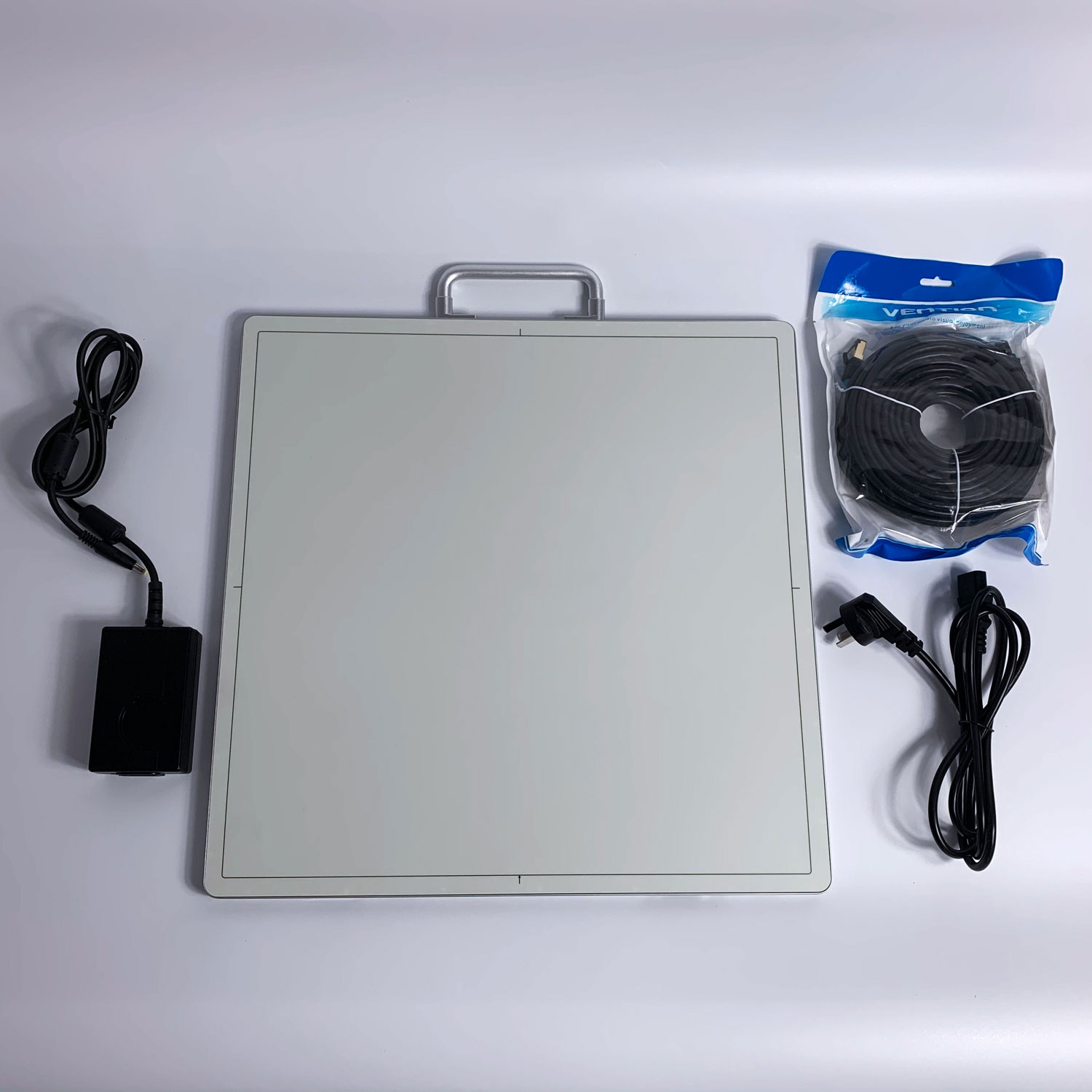The DR flat panel detector is a complex and expensive equipment, which plays a decisive role in imaging quality. Familiar with the performance indicators of DR flat panel detectors can help improve imaging quality and reduce X-ray radiation dose. DR flat panel detectors can be divided into two types: amorphous selenium flat panel detectors and amorphous silicon flat panel detectors. From the perspective of energy conversion, the former is a direct conversion flat panel detector, and the latter is an indirect conversion flat panel detector.
1. Direct conversion technology of DR flat panel detector
(1) Using selenium as a photoconductor can directly convert optical signals into electrical signals, thereby avoiding scattering.
(2) Compared with the indirect conversion technology, the X-ray absorption rate of the direct conversion is low, and the image quality cannot be guaranteed under the low-dose condition. Selenium is more sensitive to temperature and its use conditions are restricted.
2. Indirect conversion technology of DR flat panel detector
(1) The CsI scintillator layer inevitably suffers from light scattering during signal transmission due to the crystal structure, and the absorption rate is reduced, which has a slight impact on the image quality, but it is not serious.
(2 Indirect conversion has high quantum detection efficiency, and can obtain high-quality images under lower dose X-ray exposure.
(3) In addition, its imaging speed is very fast, and the field of perspective and time subtraction increases the range of X-rays.
(4) From the perspective of spatial resolution, amorphous selenium has better resolution performance than amorphous silicon.

Author:Lillian
Tel:+86 18953679166
Email:service@newheek.com
Company:Weifang Newheek Electronic Tech Co., Ltd.